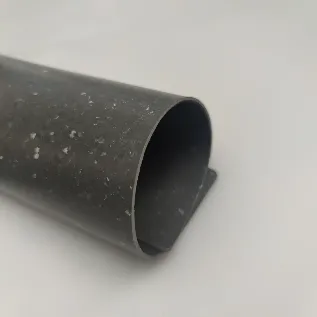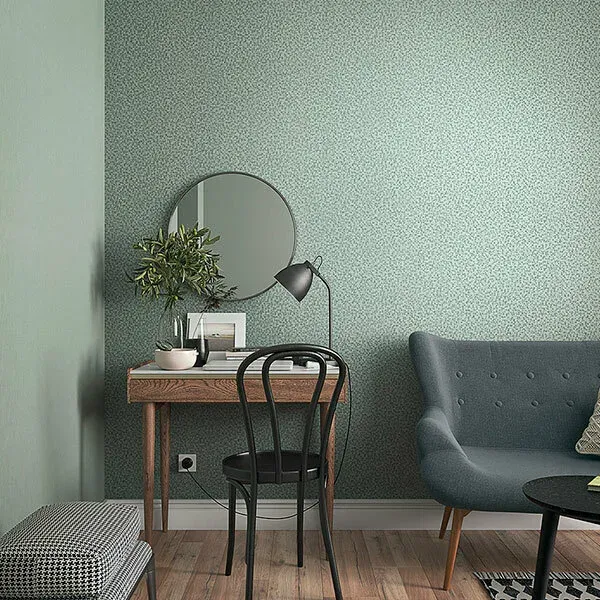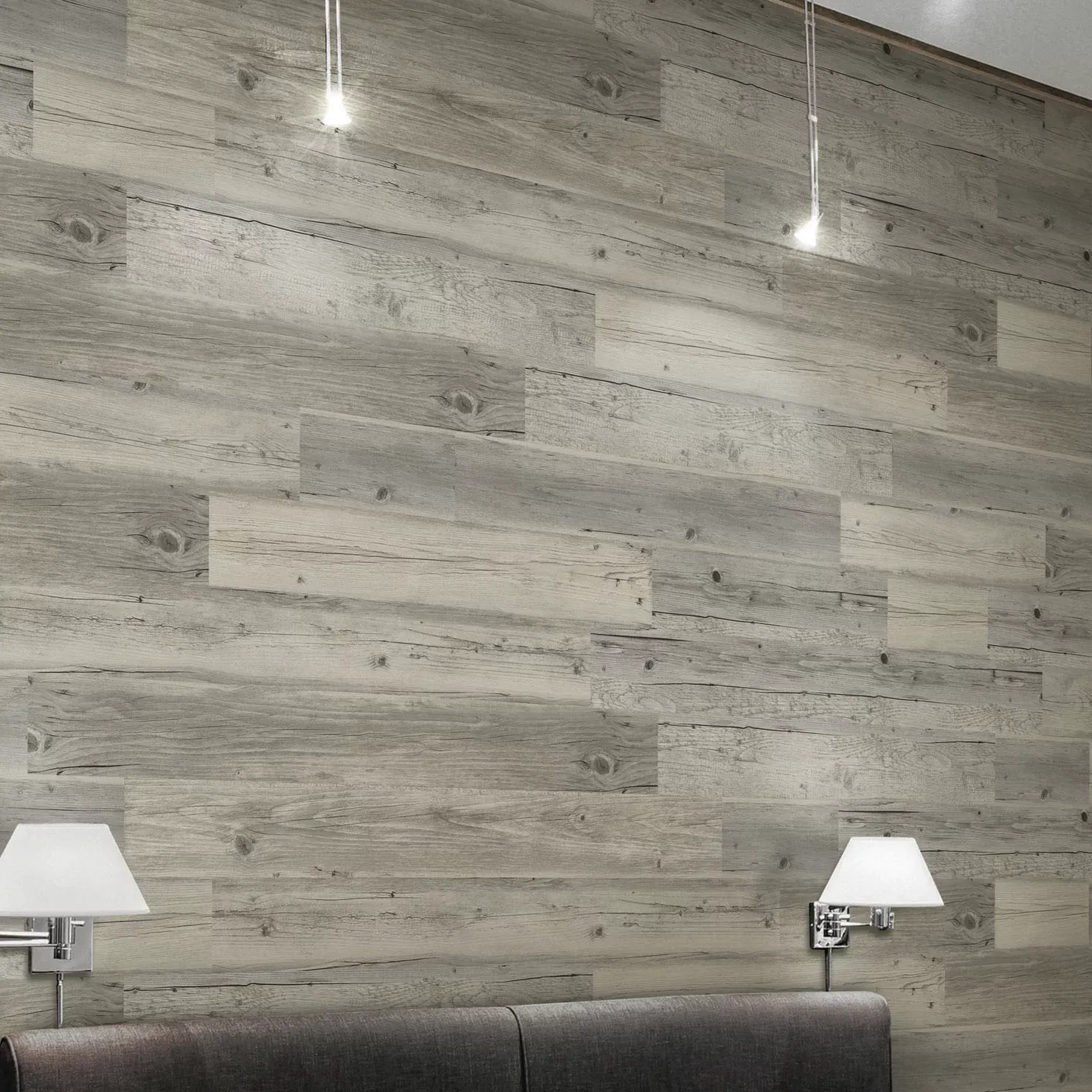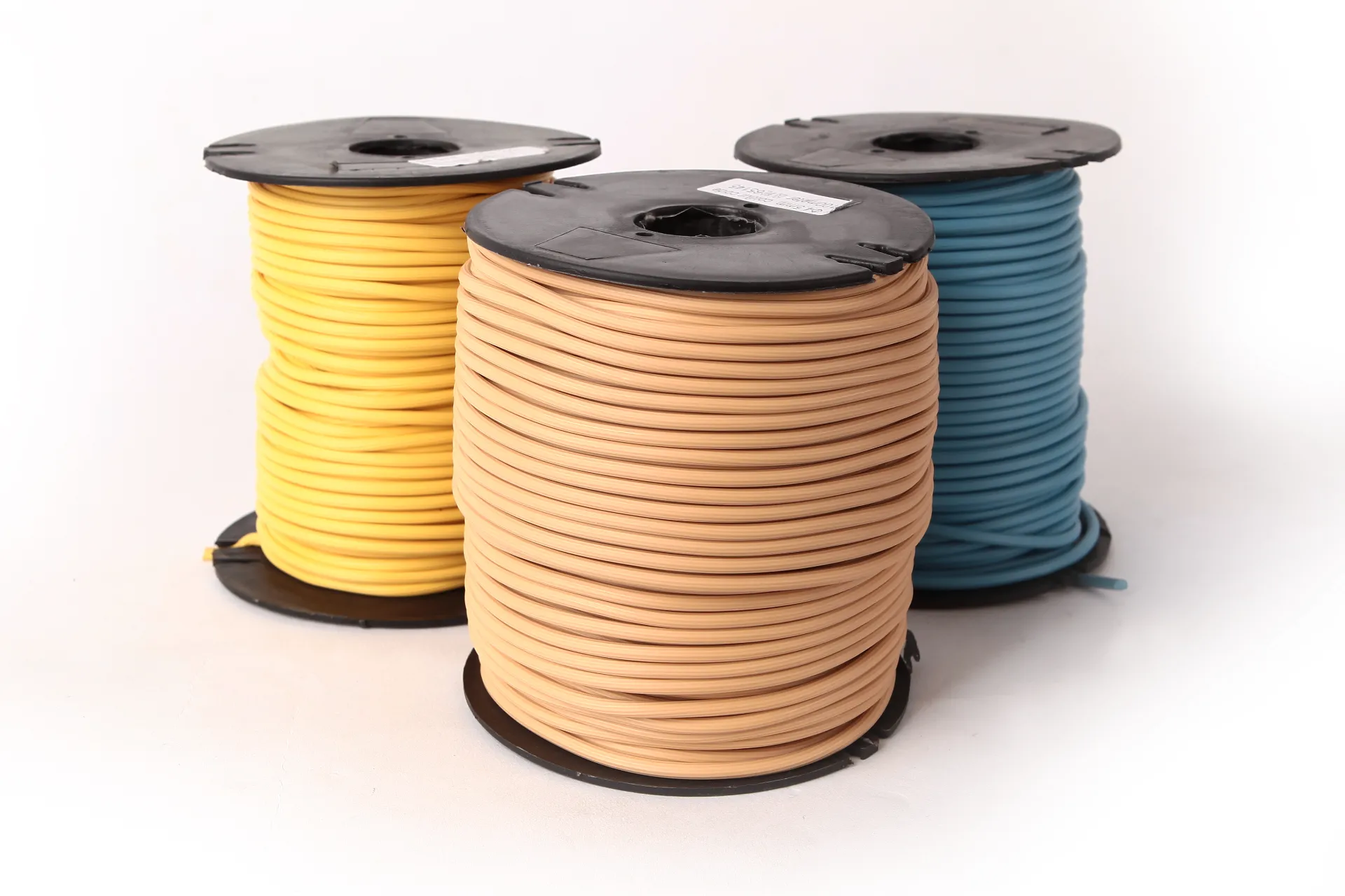
- Afrikaans
- Albanian
- Amharic
- Arabic
- Armenian
- Azerbaijani
- Basque
- Belarusian
- Bengali
- Bosnian
- Bulgarian
- Catalan
- Cebuano
- Corsican
- Croatian
- Czech
- Danish
- Dutch
- English
- Esperanto
- Estonian
- Finnish
- French
- Frisian
- Galician
- Georgian
- German
- Greek
- Gujarati
- Haitian Creole
- hausa
- hawaiian
- Hebrew
- Hindi
- Miao
- Hungarian
- Icelandic
- igbo
- Indonesian
- irish
- Italian
- Japanese
- Javanese
- Kannada
- kazakh
- Khmer
- Rwandese
- Korean
- Kurdish
- Kyrgyz
- Lao
- Latin
- Latvian
- Lithuanian
- Luxembourgish
- Macedonian
- Malgashi
- Malay
- Malayalam
- Maltese
- Maori
- Marathi
- Mongolian
- Myanmar
- Nepali
- Norwegian
- Norwegian
- Occitan
- Pashto
- Persian
- Polish
- Portuguese
- Punjabi
- Romanian
- Russian
- Samoan
- Scottish Gaelic
- Serbian
- Sesotho
- Shona
- Sindhi
- Sinhala
- Slovak
- Slovenian
- Somali
- Spanish
- Sundanese
- Swahili
- Swedish
- Tagalog
- Tajik
- Tamil
- Tatar
- Telugu
- Thai
- Turkish
- Turkmen
- Ukrainian
- Urdu
- Uighur
- Uzbek
- Vietnamese
- Welsh
- Bantu
- Yiddish
- Yoruba
- Zulu
Kev Lag Luam Chaw Ua Haujlwm Flooring thiab Kev Noj Qab Haus Huv: Hais Txog Huab Cua Zoo thiab Kev Tu Kom Huv
Hauv cov chaw ua haujlwm niaj hnub niaj hnub no, kev lag luam tau nthuav dav ntxiv rau cov neeg ua haujlwm kev noj qab haus huv thiab kev noj qab haus huv tag nrho ntawm lawv qhov chaw ua haujlwm. Txawm hais tias qhov kev thov kom zoo nkauj thiab ua haujlwm ntev ntawm cov chaw ua haujlwm hauv pem teb feem ntau yog qhov tseem ceeb, qhov cuam tshuam ntawm flooring ntawm huab cua zoo thiab kev nyiam huv yog qhov tseem ceeb. Kev xaiv hauv pem teb tuaj yeem ua lub luag haujlwm tseem ceeb hauv kev tswj kom huv, chaw ua haujlwm noj qab haus huv, pab txo qis kev sib kis ntawm cov kab mob, kab mob, thiab cov tshuaj phem uas yuav cuam tshuam rau kev noj qab haus huv ntawm cov neeg ua haujlwm.
In this article, we’ll explore how chaw ua haujlwm flooring cuam tshuam rau huab cua zoo thiab kev nyiam huv, nrog rau cov kev xaiv hauv pem teb uas txhawb nqa qhov chaw ua haujlwm zoo.

Kev sib txuas ntawm Flooring thiab Sab Hauv Tsev Cua Zoo Txog Commercial Office Flooring
Sab hauv huab cua zoo (IAQ) yog qhov kev txhawj xeeb loj zuj zus rau cov lag luam, tshwj xeeb yog cov neeg ua haujlwm siv sijhawm ntev hauv tsev. Tsis zoo IAQ tuaj yeem ua rau muaj ntau yam teeb meem kev noj qab haus huv, los ntawm teeb meem ua pa mus rau kev ua xua thiab txawm tias qaug zog. Thaum nws los txog flooring rau cov tsev lag luam, qee cov ntaub ntawv tuaj yeem tso cov tshuaj tsis zoo rau hauv cov huab cua, thaum lwm tus tuaj yeem cuam tshuam cov plua plav thiab cov khoom ua xua, ua rau muaj teeb meem huab cua zoo hauv tsev.
Ntau cov khoom siv hauv pem teb, xws li cov ntaub pua plag ua los ntawm cov hluavtaws fibers, tuaj yeem muaj plua plav, av, thiab lwm yam tshuaj lom. Nyob rau tib lub sijhawm, cov khoom no tuaj yeem tso tawm rau hauv huab cua, ua rau muaj kev tsis haum tshuaj lossis ua rau cov tsos mob hawb pob hnyav dua rau cov tib neeg rhiab heev. Tsis tas li ntawd, qee yam hauv pem teb, tshwj xeeb yog yas thiab laminate, yuav muaj cov organic tebchaw (VOCs) uas tawm roj rau hauv huab cua. VOCs tuaj yeem ua rau muaj tus mob hu ua "sick building syndrome," uas ua rau cov tsos mob xws li mob taub hau, kiv taub hau, thiab khaus ntawm qhov muag, qhov ntswg, thiab caj pas.
Xaiv cov ntaub ntawv hauv pem teb uas txo qis qhov tso tawm ntawm VOCs thiab plua plav tuaj yeem txhim kho IAQ thiab tsim kom muaj chaw ua haujlwm noj qab haus huv.
Commercial Office Flooring Cov ntaub ntawv uas txhim kho huab cua sab hauv tsev
Txhawm rau txhawb kev noj qab haus huv chaw ua haujlwm ib puag ncig, kev lag luam yuav tsum xav txog ruaj khov ua lag luam flooring cov ntaub ntawv uas txhim kho huab cua zoo los ntawm kev txo cov plua plav thiab txo qis kev tso tawm cov tshuaj phem. Ntau qhov kev xaiv zoo rau eco-phooj ywg sawv tawm rau lawv lub peev xwm los txhawb cov huab cua huv thiab txhawb kev noj qab haus huv ntawm cov neeg ua haujlwm.
Natural materials such as cork, bamboo, and linoleum are excellent choices for office spaces where air quality is a priority. These materials are naturally resistant to dust and allergens and contain little to no VOCs. Cork, for example, is made from the bark of cork oak trees and is naturally anti-microbial and hypoallergenic. It doesn’t trap dirt or dust, making it an ideal choice for high-traffic office areas that demand cleanliness.
Bamboo is another sustainable, low-emission flooring option that contributes to improved air quality. Since it grows quickly and is harvested without damaging the environment, bamboo flooring is an eco-friendly choice that helps businesses maintain a clean and healthy office space. Linoleum, made from natural materials like linseed oil, cork dust, and wood flour, is another good option for businesses looking for a low-emission floor that doesn’t off-gas harmful chemicals.
In addition to natural materials, certain engineered flooring systems are designed to meet high indoor air quality standards. Many of these products are certified by organizations like GreenGuard and FloorScore, which test and certify flooring materials for low-VOC emissions. Choosing flooring products with these certifications ensures that employees aren’t exposed to harmful chemicals and that the office environment remains fresh and breathable.
Kev Lag Luam Hauv Chaw Ua Haujlwm Flooring thiab Kev Tu Kom Huv Huv: Ib qho tseem ceeb hauv kev ua haujlwm huv
Kev saib xyuas kev nyiam huv hauv chaw ua haujlwm yog qhov tseem ceeb rau kev txo qis kev sib kis ntawm cov kab mob, kab mob, thiab kab mob, tshwj xeeb tshaj yog nyob rau hauv cov cheeb tsam siab xws li chav so, chav sib tham, thiab chav dej. Cov khoom siv hauv pem teb uas yooj yim los ntxuav, tshuaj tua kab mob, thiab tswj tau tuaj yeem pab ua kom lub chaw ua haujlwm huv si thiab txo qhov muaj peev xwm kis tau tus mob.
Hard flooring surfaces such as tile, vinyl, and polished concrete are generally more hygienic than carpets because they don’t trap dirt, dust, or moisture. These surfaces are easy to wipe down with standard cleaning products, making them more resistant to bacteria and mold growth. For instance, vinyl floors with antimicrobial properties are highly effective in areas like kitchens and bathrooms, where hygiene is a top priority. The smooth surface of vinyl makes it easy to clean and prevents the buildup of germs and allergens.
Ib yam li ntawd, cov vuas ua los ntawm ceramic, plooj (porcelain), los yog ntuj pob zeb yog cov ruaj khov thiab tiv taus cov dej noo, uas pab tiv thaiv pwm thiab kab mob loj hlob. Cov plag tsev no tshwj xeeb tshaj yog rau cov chaw uas muaj dej ntws los yog cov av noo siab, xws li chav dej lossis chav ua noj. Tsis tas li ntawd, cov kab grout ntawm cov vuas tuaj yeem kho nrog cov tshuaj tiv thaiv kab mob txhawm rau txhawm rau txhim kho kev nyiam huv.
On the other hand, carpeted floors can trap dirt, dust, and allergens in their fibers, making them more challenging to clean and maintain. In offices with high foot traffic or areas where spills are common, carpet can harbor bacteria and germs that may be difficult to eliminate completely. However, commercial carpets made from high-performance fibers, such as nylon or polypropylene, are designed to resist staining and can be cleaned with specialized equipment to maintain hygiene. It’s essential to ensure carpets are vacuumed frequently and professionally cleaned at regular intervals to prevent the buildup of harmful particles.
Lub luag haujlwm ntawm Kev Lag Luam Chaw Ua Haujlwm Flooring hauv Kev Txo Cov Kab Mob Sib Kis
In addition to preventing the accumulation of dirt and allergens, commercial office flooring can also play a role in reducing cross-contamination between different areas of the office. The use of mats or rugs at entrances, for example, can help trap dirt and moisture before it’s carried into the rest of the office. This simple step can help keep floors cleaner and reduce the amount of dust and bacteria that spreads throughout the workspace.
In areas where food is prepared or consumed, such as kitchens or break rooms, it’s important to select flooring that resists stains and moisture absorption. Vinyl and rubber flooring are ideal for these spaces because they are easy to wipe down and are resistant to the growth of bacteria. Additionally, these materials are slip-resistant, reducing the risk of accidents in areas prone to spills.
-
Masking Tape: Clean Removal, Precision Lines, Pro-GradeNov.10,2025
-
Skirting: MDF, Oak & SPC | Durable, Easy-FitNov.10,2025
-
Commercial VCT Tile Flooring – Durable, Low-MaintenanceNov.10,2025
-
LVT Vinyl Floors – Waterproof, Scratch‑Resistant, Easy ClickNov.10,2025
-
Masking Tape - Pro-Grade, Clean Removal, Crisp LinesNov.10,2025
-
Premium Masking Tape - Sharp Lines, Clean RemovalNov.10,2025



